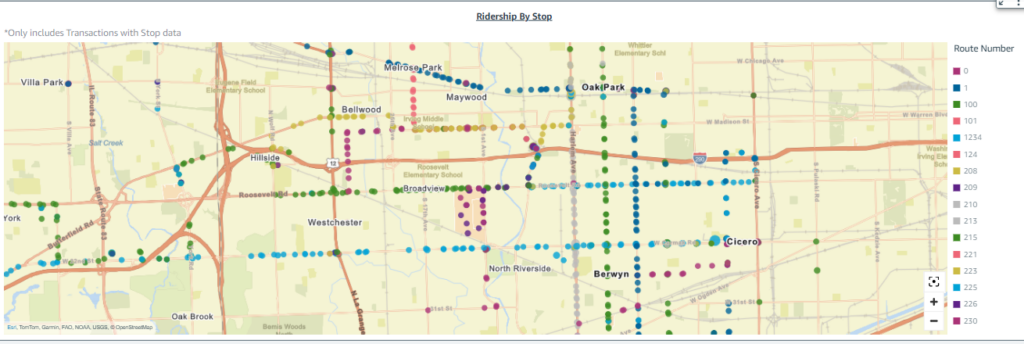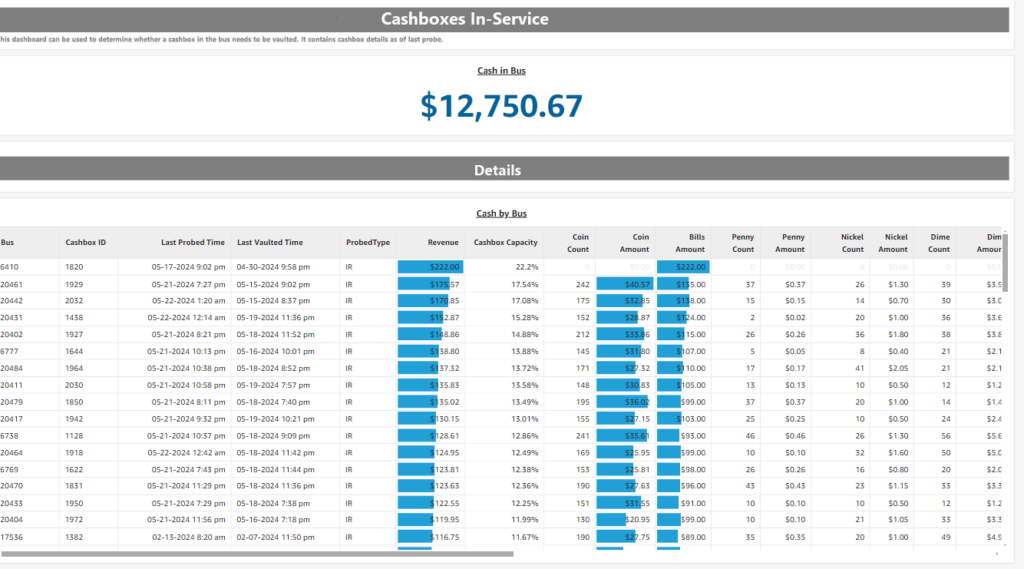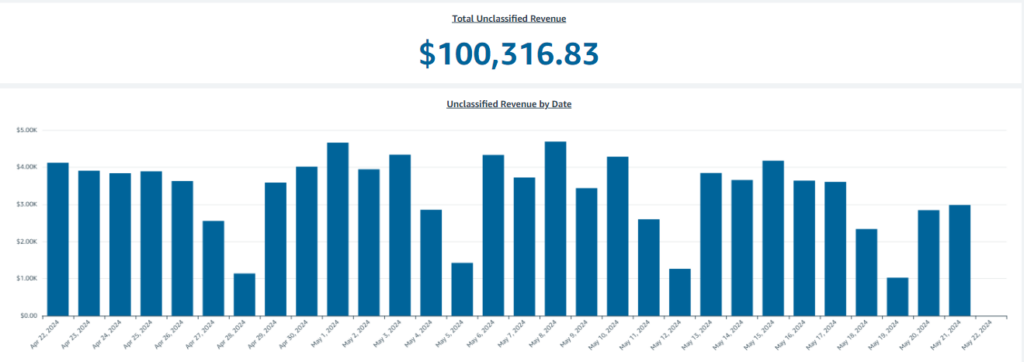To help our communities thrive, public transit agencies must have a deep understanding of the needs of the riders they serve as well as the potential riders they want. To do so, it is essential to prioritize data-driven decision making.
As consumers, we encounter how the retail industry uses data in an actionable way, constantly refreshing store layouts or product placement in response to customer behavior. In contrast, as public transit professionals, we haven’t traditionally been as nimble in using the data we collects. Comprehensively collecting and effectively using data from fare collection solutions requires a philosophical shift that is still in the early stages in the transit industry.
A change is on the horizon, should we choose to embrace it. The technology needed for a shift to data-driven, equity-focused service planning is now available, and according to the American Public Transportation Association, agencies are increasingly implementing these modern solutions as they update their systems.
As we have said before, fare collection collects something even more valuable than revenue: Information. We are poised to help. At Genfare, we believe agencies are now on the cusp of collecting and using data in a more responsive way that better serves all potential riders.

Data-driven decision making in transit strategies and solutions
It all starts with collecting and using data effectively. Deeper dives into detailed data and the trends it identifies can keep agencies on top of rapidly changing neighborhood demographics and transit use trends. If not followed closely and responded to appropriately, these changes can quickly leave some riders behind.
Thorough information helps transit agencies make equity-minded decisions, connecting a dynamic ridership base to accessible options, including riders who may be underserved due to age, race, income level, or disability. Agencies that make it a priority to modernize their data-collecting systems will find exciting opportunities for route or timetable changes, fare discounts, vehicle service options, and community collaborations that can bring or keep riders on board.
Fare payment collection solutions, for example, provide valuable insights. Using electronic fare media, these systems generate detailed ridership information that can be analyzed to determine not merely how many riders use a particular route but where and when they boarded, what routes they transferred to, and how they paid their fare. A transactional database can also be analyzed to determine travel patterns, preferred fare media, frequency, and other characteristics of use, alongside shifts over time.
These fare collection solutions make it easier for specific rider groups to use their preferred payment method and any discounts or incentives the agency chooses to provide. For example, once an incentivized rider such as a veteran is registered in Genfare’s fare collection system, it’s that much easier for them to access their reduced fare going forward. Meanwhile, the system is securely collecting valuable data in real time that will help agencies continue to refine service to that group.
Other examples of data-driven strategies include:
- shortening commutes by optimizing routes
- increasing affordability and convenience by deploying point-of-sale technology that can digitize cash in convenient locations
- making trips more accessible by supplementing a fixed route with paratransit
- supporting agencies in engaging community partners to target rider groups who can benefit from incentives, such as ongoing fare discounts for seniors or limited-time passes such as a summer incentive for high school students
In this way, an agency not only better serves its population, but helps the entire transit system function better.

Data partnerships
Genfare has found innovative ways to make data collection easy to access and to use. Our cloud-based fare collection platform, Genfare Link®, supports all Genfare products, allowing our agency partners to gather accurate data from one source. It even connects with third-party software, applications, and smart hardware to collect data from across the system, no matter which vendor built it.
Genfare Link records information for every fare transaction and event and combines this capability with robust analytical and data visualization tools.
These tools allow agencies to drill down from the big picture into key neighborhood data using state-of-the-art graphical representation. For example, the Genfare Link ridership dashboard allows agencies to filter by rider type, with an interface showing stops frequented by riders. These advanced graphical representations show an agency’s coverage area, and can filter trends, analyzing where riders are using reduced fares, for example, and pinpointing the groups who may be receptive to promotions. Simply capturing a decrease in ridership in one location and a need in another can lead the way to increased ridership and better community service.
These solutions can also save agencies precious time collecting data. Together, these single-source, cloud-based capabilities reduce the time spent on preparing reports from days or weeks to hours, freeing up time that can be used to create responsive service strategies. And agency partners who have Genfare Link also have access to our web-based Customer Portal, where they can engage support on questions such as how to collect and analyze data to meet transit access goals.

Promoting data-driven resources
Once an agency knows more about its community, data can also help to get the word out to riders about where and how to access resources. Those who aren’t aware of their options can’t make use of the innovative incentives, discounts, the locations of point-of-sale terminals, or mobile ticketing options the data has helped put in place. Strategic marketing can spread information and create awareness.
Agencies also can share the data they gathered from these modern end-to-end mobility solutions, supporting partnerships with local businesses, schools, and organizations through fare-based incentives, or location-specific marketing and advertising.

We’re here to help
At Genfare, we are passionate about helping our agency partners provide riders with options that support equitable mobility. We understand the continuously evolving needs of transit and the marketplace and can deliver comprehensive and precise data solutions.
Contact your Business Development Director to learn more about how upgrading your fare collection technology can help you better understand your community. The solutions that can help with data collection and monitoring are likely compatible with the technology you already have in place. Please reach out!
- Josh Moskowitz | Business Development Director, Western Region
- Larry Chefalo | Business Development Director, Central Region
- Jennille Logan | Business Development Director, Southeast
- Edward H. Brandis, Jr. | Business Development Director, Northeast